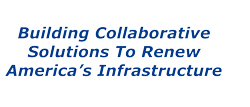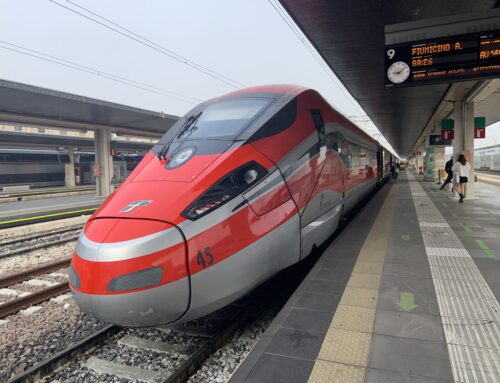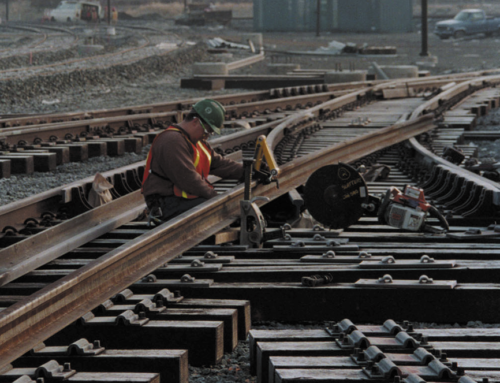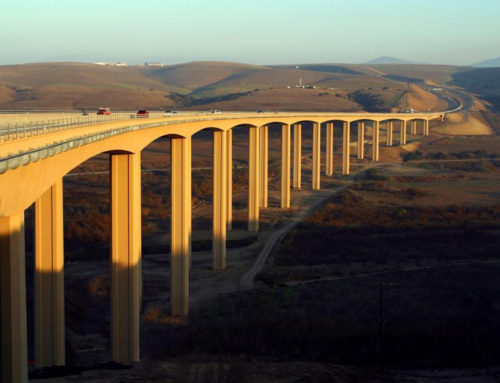
Dispute review boards, standing neutrals, and other forms of early third party neutral evaluations can be a powerful tool in promoting collaborative dispute resolution. These processes are particularly helpful in complex engineering and construction projects when the opinions of carefully chosen experts can be advisory, non-binding and made in real time during project execution. Projects such as power plants, dams, highways, rail transit and tunnels are often great candidates for these techniques. The application of this method of dispute resolution should always include the following:
1. The parties to the contract should mutually agree at the outset of the project both to selection of the neutrals and the process itself. This way the system and the individuals are in place before any disputes arise. The atmosphere at this stage is often one of cooperation and trust and the structure will help maintain that atmosphere.
2. The neutrals need to have the required expertise involved in the project, but also need to be experienced in the process of rendering neutral (as opposed to adversarial) opinions. They need to be in a position to offer very timely decisions, since delays can cause an escalation in disputes and in the costs involved in resolving the problem.
3. In the case of a dispute review board, typically there are 3 members: one member would be picked by each party; and the third member, who is often the chairperson, would then be picked by the two party-appointed members.
4. Neutrals must not have been employed or retained by either party for a given number of prior years to avoid conflict or the appearance of conflict. Once appointed the best practice is for all members, regardless of who appointed then, to adopt a completely neutral position with respect to disputes.
5. The neutral individual or panel must keep up-dated with the progress of the work as well as issues that arise, before they become disputes. The mere presence of the neutral decision maker(s) often, in and of itself, is additional motivation to have the project managers work things out at their level.
The Dispute Review Board Foundation is an excellent source of neutrals, case studies and the procedures for this dispute resolution method.





